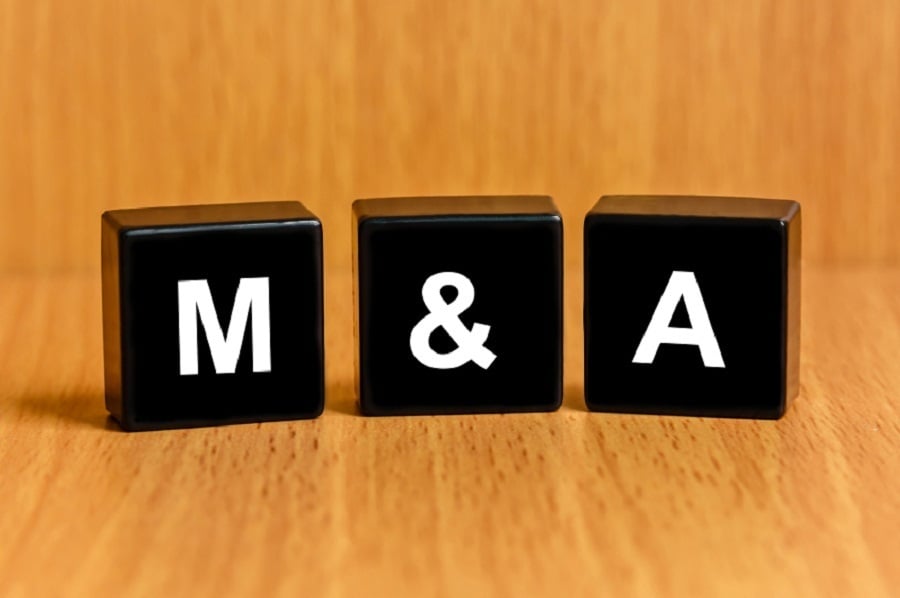In trying to capitalize on the news of mergers and acquisitions, hedge funds are being outdone by an exchange-traded fund clone.
Thanks to stockpiles of cash and low borrowing costs, the dollar volume of global M&A deals rose 45%, to $3.3 trillion, in 2014. That's the highest level since 2007, according to Bloomberg Intelligence. It's an ideal environment for the hedge fund strategy known as merger arbitrage, which involves buying the stock of a company being acquired while selling short the stock of the acquirer at the same time. Because deals can fall through, the stock of the target will initially trade for slightly less than the deal's closing price. Arbitrageurs hope to capitalize on a valuation gap when the target's price rises as the deal moves closer to being done.
(More: Buy-and-hold investors can take advantage of M&A boom)
For investors unable to afford the minimums for hedge funds or uninterested in plowing so much money into the strategy, the IndexIQ Merger Arbitrage ETF (MNA) is a good alternative. Current positions in MNA include Time Warner Cable, which is being acquired by Comcast, and PetSmart, which is the target of private equity firm BC Partners.
REMOVING RISK
Like a hedge fund doing merger arbitrage, MNA tries to hedge, or remove, overall stock market risk from its bet. This gets at the core of what hedge funds do — they isolate the risks they want and hedge out the risks they don't. In this case, the ETF hedges out market risk by betting against global equity indexes.
It may sound a bit risky, but the strategy produces a calm, low-risk ETF. MNA has less than half the volatility of the S&P 500 Index. And it has a solid track record. It's up 13% in the past two years, compared with 7% for the HFR Merger Arbitrage Index, which tracks merger arbitrage hedge funds.
That 13% return pales next to the 43% return for the S&P 500 over the same stretch. That, however, is by design: Hedge fund strategies by and large are not trying to beat the stock market. They're trying to provide return regardless of market conditions — so-called absolute return. The goal is not to move in tandem with other asset classes, such as equity and fixed income.
(More: 6 market developments to watch for in 2015)
That's why it doesn't make sense to compare hedge fund performance with that of the S&P 500. The right way to critique hedge funds is to separate them into their peer groups — long/short equity, market neutral, global macro, and so on. Then look at their risk/return profile and see how well they march to the beat of their own drummer, rather than to the beat of the overall markets.
When you look at how MNA's 13% return was achieved with less than half the risk of the stock market — and with less correlation to the U.S. market than frontier-market stocks — you see that hedge fund strategies can be useful and tame, even if they are complex.
Where it does make sense to ding the average hedge fund is when it comes to fees and tax inefficiency. Among the merger arbitrage hedge funds tracked by Bloomberg, the average management fee is 1.25%, and the average performance fee is 20%. MNA has a sole annual fee of 0.75% of assets. Another part of the reason why hedge funds have underperformed MNA is that shorting the acquiring company can get expensive, since many people are out trying to borrow the same stock. MNA shorts a few equity market indexes instead, which costs little.
On the tax front, hedge funds typically distribute dreaded capital gains to investors, since they are actively trading stocks. While MNA had one capital-gain distribution in 2010, it has an otherwise clean record on capital-gain distributions.
With stock market volatility up and the bond market at risk of rising interest rates, MNA is starting to look attractive as an out-of-the-loop portfolio diversifier. Investors are taking notice: The ETF has quadrupled in size in the past year to reach $100 million in assets.







